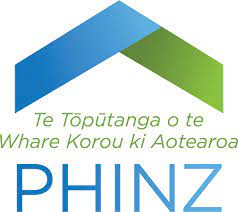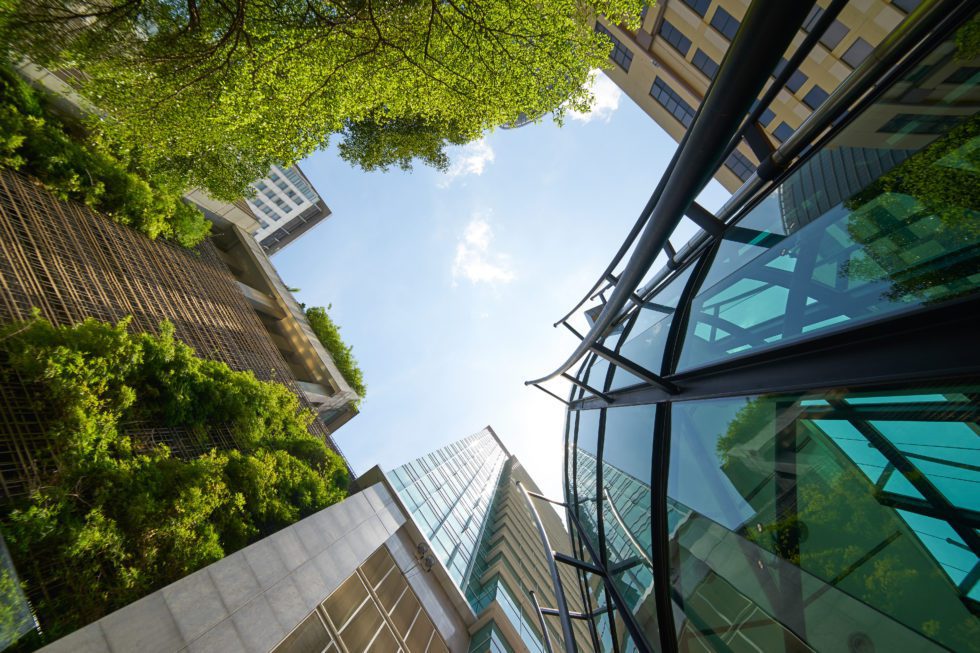Greenhouse gases are changing climate patterns and lifting air temperatures.
With rising sea levels, natural changes and many other factors, New Zealand has set in law (the Climate Change Response Act 2002) with a target to reduce net emissions of greenhouse gases (except methane) to zero by 2050. Given that houses built today must have a functional lifespan of at least 50 years, houses being built today will be part of the net-zero carbon world after 2050.
Stats NZ shows that the emission of greenhouse gases in NZ increased by a whopping 66% over the period 2007-2017, faster than the GDP growth. This is a worrying number considering that construction overall is responsible for 20% or more of the national emissions.
Thermal performance is one of our major design concerns. We believe that due to the use of proprietary overseas IP the price for better performing joinery should not be over locally non-thermally broken systems.
Eco-labels are quality certifications used to identify buildings that comply with a sustainable process while being designed, built, used and marketed. Between the more common used labels we can find LEED (U.S), Homestar by NZBGC (NZ), Passive House, net-zero energy building – NZEB, Minergie (CH), Effinergie (FR), etc. Passive House has earned global recognition and has a well-established organisation in New Zealand www.passivehouse.nz . Passive House certification is probably the most stringent requirement one can achieve in New Zealand regarding façade performance.
Passive House performance will provide:
- high level of internal comfort thanks to all-year-round warm surrounding surfaces
- low operating costs due to extremely low energy consumption. The obligation to provide a heat pump in residential units will be mitigated by a Passive House certification
- continuous excellent internal air quality through permanent ventilation
- avoid health issues due to elimination of damp surfaces and mould growth
The Symonite Solutions systems are tested for excelling thermal and airtightness performance, before and after seismic events and for the most extreme climate conditions. The use of panelised modular systems does improve the overall performance. Without including the required performance for systems, the offered solutions will provide for a typical window-to-wall ratio of 30% an almost certain Passive House performance. To do so we use the high-performing European joinery systems with engineered connection details to avoid thermal bridging and improve durability.
Sustainable labels cover a wider range of parameters apart from energy factors include BREEAM or Green Star in New Zealand.


